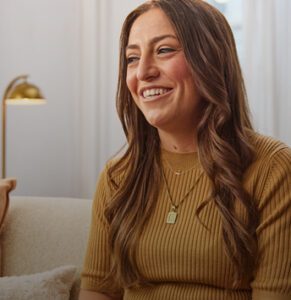Giving Heart Patients New Life
With its comprehensive cardiology and cardiac surgery programs, NewYork-Presbyterian helped three people transform their health — and their lives.
Samantha Frost thought it was normal that she’d feel out of breath while doing everyday things, like warming up during softball games in high school or climbing the stairs at work. She would tell herself that she was simply out of shape.
But in March 2021, after she fainted in a restaurant, she learned she had vasovagal syncope, a condition that causes the heart rate and blood pressure to drop suddenly, reducing blood flow to the brain. “I was told it shouldn’t happen again but, if it does, to call a doctor,” says Samantha, who is now 27. That was about it.”
For several months afterward, however, feeling faint was a regular occurrence.

Samantha Frost
“I’d be doing my makeup and would start feeling faint to the point where I couldn’t hold myself up in a chair, so I’d crawl to the floor and kind of let it figure itself out,” Samantha recalls. “One time it woke me up and I felt like I was going to faint, but I was already laying down and there was nothing I could do to feel better. I realized that probably shouldn’t be happening, so I decided to find a cardiologist.”
In August 2023, after a battery of tests that included a cardiac MRI, Samantha learned she had an atrial septal defect (ASD), a congenital condition in which there is a hole in the septum, or heart wall, that divides the atria, or upper chambers. An ASD hole is typically 10 to 15 millimeters but, in Samantha’s case, it was a whopping 30 to 35 millimeters, and she knew she had to do something about it — fast.
The Search for Care
Samantha had moved to Nashville in 2018 to be with her now husband, and struggled to find a local physician with the experience in ASD she needed. She took her search for care to NewYork-Presbyterian, where her father had surgery in 2021 to treat inflammation of the pericardium, the sac that surrounds the heart. She called Thomas Cosola, who was the physician assistant on her father’s surgery, and after he reviewed her scans, he told Samantha that she should see Dr. Arnar Geirsson, a pioneer in robotic surgery and the new director of the Cardiovascular Institute and Surgical Heart Valve Program at NewYork-Presbyterian and Columbia University Irving Medical Center.
In robotic surgery, patients experience reduced scarring, less bleeding, decreased pain, shorter hospital stays, and a quicker recovery time compared to conventional surgeries. “Robotic is the way to go,” Samantha recalls Thomas telling her. “And Dr. Geirsson is a great surgeon.”
In late September, Samantha went to New York for a wedding, so she met with Dr. Geirsson and Dr. Emile Bacha, chief of the Division of Cardiac, Thoracic, and Vascular Surgery at NewYork-Presbyterian/Columbia University Irving Medical Center, for a surgical consult. She knew it was possible that they might want to move quickly, so she packed enough luggage to stay a month.
“They were two of the nicest people I’ve ever met,” Samantha recalls of that first meeting. “Dr. Geirsson answered every question I had. He was confident that it was an easy fix, and that it would be permanent. I wouldn’t be in the hospital for too long and I’d be back up and running and feel like a whole new person in three months.”
Her mind was made up and, within a week, Samantha’s robotic surgery to close the hole in her heart was scheduled.
A Complex Yet Minimally Invasive Surgery
Closing a hole in the heart is typically done through open heart surgery. In Samantha’s case, Dr. Geirsson performed a minimally invasive procedure to patch her heart, through an incision under her armpit with the assistance of the robotic arms.
Dr. Geirsson has spent his career advancing robotic surgery and cites its level of safety and effectiveness.
“It’s less invasive for the patient,” he says. “There’s less trauma to the surrounding tissue around the heart, and you do the same or even a better operation with a robot. The robot provides you with 10 times magnification and 3D vision, offering unparalleled exposure.”
Dr. Geirsson has performed more than 500 robotic surgeries and is considered one of the world’s leading robotic cardiac surgeons. Under his leadership, NewYork-Presbyterian/Columbia University Irving Medical Center is now one of the top robotic cardiac surgery programs in the United States in terms of volume.
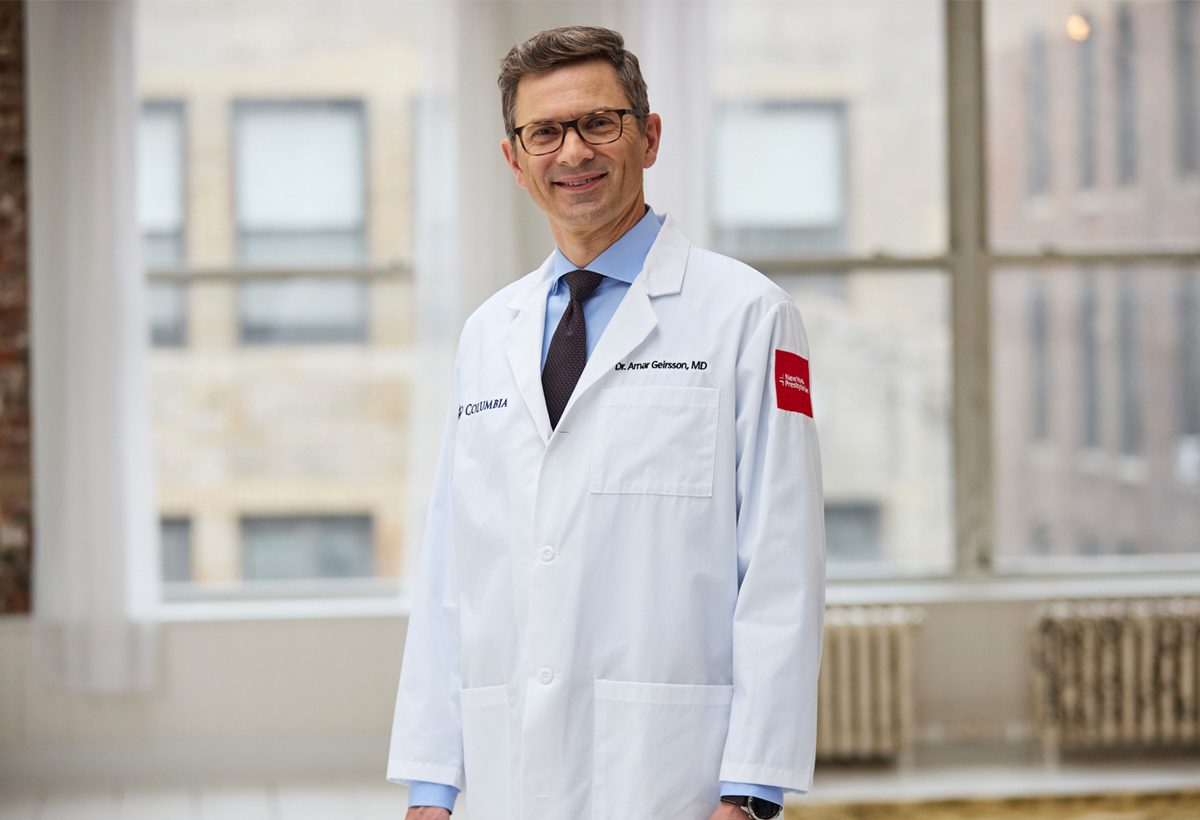
Dr. Arnar Geirsson
“Robotics is a great example of the importance of setting up a team, and choreographing an operation for safety and efficiency,” said Dr. Geirsson. “I love what I do. Every day you’re helping people; you’re improving their symptoms and prolonging life. It’s gratifying and challenging.”
Samantha was one of Dr. Geirsson’s first surgeries in his new position.“When you treat young adults, they have their whole life in front of them,” Dr. Geirsson says.
“Treating Samantha’s condition with robotic surgery was effective, and she had a fast recovery. She did very, very well.”
In fact, she did so well that she was discharged three days after surgery.
“I was very happy to go home,” she says. “I remember we had a huge snowstorm and were iced in for a week and a half. So I just walked because I couldn’t do anything else. One day I walked 10 miles straight without taking a break, and I could breathe. I felt amazing.”
‘A Whole New Person’
Today, less than a year since her surgery, Samantha and her husband are planning to start a family, something they wanted to do before her diagnosis but, as ASD puts a lot of stress on the heart, couldn’t genuinely consider.
“They saved my life, and I’m forever grateful for that,” says Samantha.
“It’s very gratifying as a doctor to see patients come in very happy after an operation,” says Dr. Geirsson of Samantha’s post-op visits, which are a mix of virtual and in-person appointments.
Samantha remains grateful to Dr. Geirsson and the entire NewYork-Presbyterian team for not only successfully treating her condition, but for doing it as quickly and effectively, and minimally invasively, as possible.
“Robotics helped me get up and running. I was back to work in five weeks, which is kind of crazy,” she says. “I didn’t know what normal ever felt like. Now, I feel like a whole new person. These people changed my life.”
Back to Better Heart Health
Two men share how NewYork-Presbyterian provided them with life-changing cardiac care and how they’re spreading the word to help others get the treatment they need – and deserve.
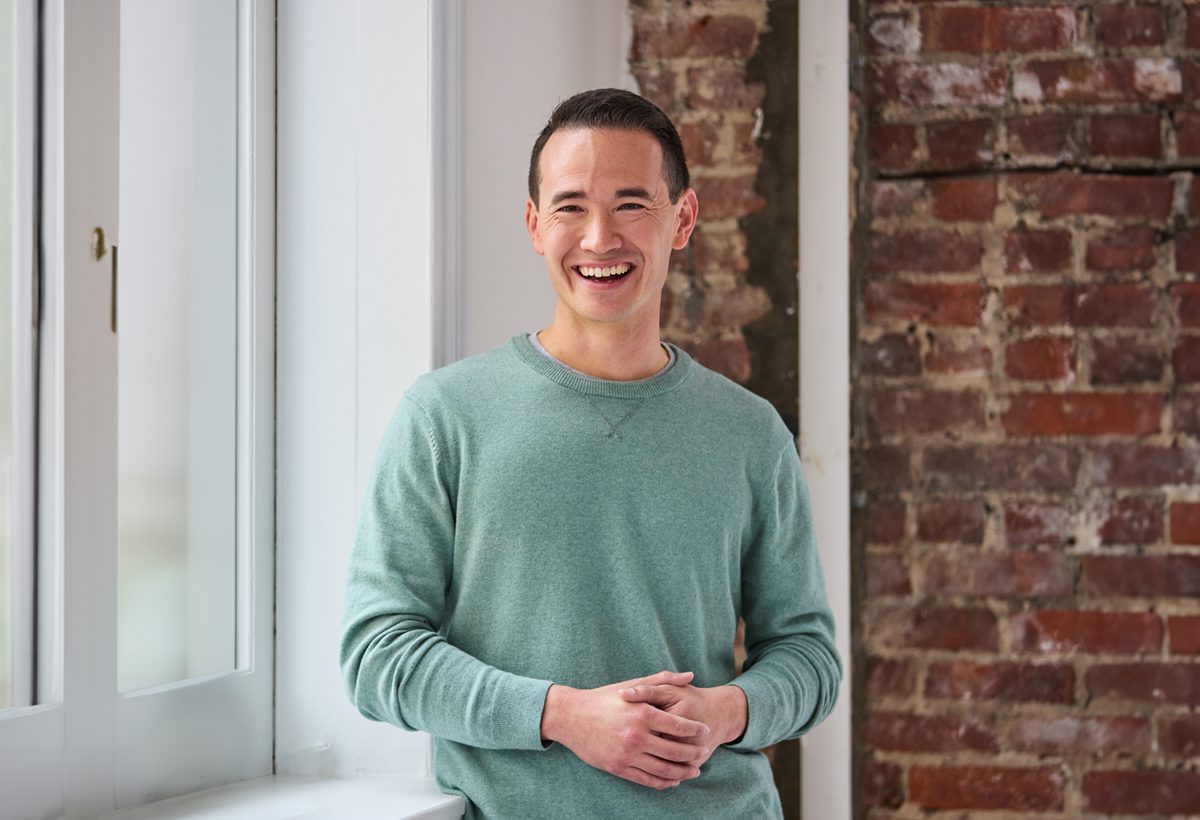
Michael Morgan
At the age of 38, I never expected to be at risk of experiencing a heart attack. But one night in early January I began experiencing a burning sensation and tightness in my chest that wouldn’t go away. The discomfort wasn’t severe, but knowing that my family has a history of heart problems, I knew I couldn’t ignore it.
Thankfully, I made the right decision and went to the emergency room. An angiogram revealed that I had multiple blockages of 90% or more in the arteries of my heart – a silent heart attack, as they called it. It was a shock, but also a wake-up call. The lack of obvious symptoms in this kind of heart attack can be especially dangerous and early intervention is crucial in minimizing heart damage and preventing future complications.
I was fortunate to be transferred to NewYork-Presbyterian/Columbia University Irving Medical Center. The team there, led by Dr. Hiroo Takayama, was incredible. They explained everything clearly, answered all my questions patiently, and put me at ease throughout the process. Following their recommendations, I underwent a coronary artery bypass grafting surgery (CABG) to improve blood flow to my heart.
By pure coincidence, my mother happened to be at NewYork-Presbyterian at the same time for a planned heart valve replacement surgery. Her room was right across the hall from mine, and she too was having her surgery performed by Dr. Takayama!
Both of our respective surgeries went well, and thanks to the skilled surgical team, I was back home within five days. It’s been a smooth recovery so far, and I’m continuing my care under the guidance of my cardiologist, Dr. Gregg Rosner. He’s been instrumental in explaining my medications and outlining a plan for moving forward.
My experience has been a stark reminder of the importance of being proactive about heart health, especially with a family history. It’s motivated many of my friends and family to get checked and learn more about their own risk factors. Genetics play a big role, but early detection and intervention can make a world of difference.
There’s no doubt that acting quickly saved my life that day and I’m incredibly grateful to still be here with my wife and daughter.
My story is a reminder that heart disease doesn’t discriminate based on age. Don’t wait for a wake-up call like mine. Know your risk factors, schedule regular checkups, and prioritize a healthy lifestyle. If you experience any concerning symptoms, seek immediate medical attention. It could be the difference between life and death.
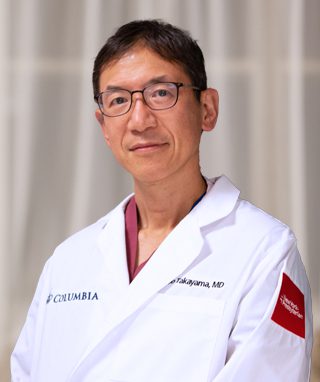
“Michael’s story is a reminder that everyone should know their family history and be aware of symptoms. It was a privilege to care for Michael and his mother and we are thrilled they had extremely fast recoveries and are doing so well.”
– Dr. Hiroo Takayama
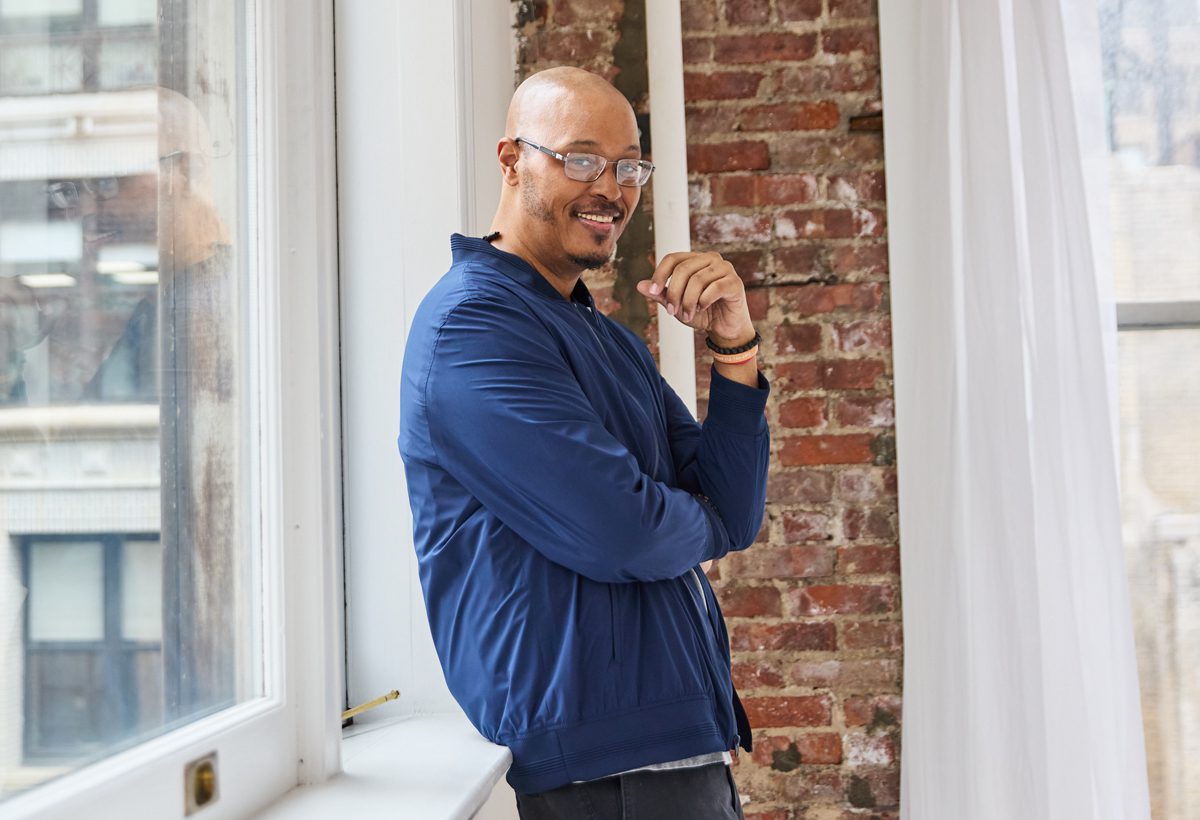
Mark
About 20 years ago, I went to the hospital with what turned out to be heart-related issues and was informed that I had a stroke that I had never known about – which was the beginning of my heart journey.
Turns out I had 75% arterial blockage, so they prescribed me medication and because I still wasn’t taking proper care of myself, I continued to have heart issues. About ten years ago, I started having problems with swelling of my feet, which were basically a symptom of what was going on with my heart. At this point, I got a pacemaker.
Issues persisted, and a few years later, I couldn’t walk more than five feet without being out of breath. Eventually, the issues became too much. Based on my experiences, I was stubborn and distrustful of the medical system, but I finally went to NewYork-Presbyterian/Weill Cornell Medical Center because I was told they were the best.
I met Dr. Irina Sobol, and the rest is history. Because I had congestive heart failure, my heart wasn’t pumping blood the way it should. At first, I fought with her about having surgery and getting a left ventricle assist device (LVAD), which helps the heart pump blood to the body.
Finally, after a few weeks in the hospital and realizing that my condition wasn’t going to go away, I realized that I wanted to take care of this sooner rather than down the road.
After the initial recovery period, I was finally able to walk to the store and not have a problem. Now, I can walk a lot more than I used to and do activities that I couldn’t do just before I got the LVAD. I could start to live again, basically. It’s allowed me to get back to being social and closer to who I really am and want to be. I’ve returned to my art, among other things, which I loved when I was younger.
I’m a patient ambassador, talking to people who might be reluctant to get the LVAD like I was, and I explain to them my experiences with it. My experience with NewYork-Presbyterian has changed my view of the medical field.
My life is definitely better, and having this device allows me to look forward.

“Mark was reluctant to get an LVAD, and it was a remarkable transformation from somebody who was mistrustful of the medical system and his care to somebody who was just a joy and open to any conversation. He is now a patient ambassador, talking to other patients who are considering this therapy and sharing his life story.”
– Dr. Irina Sobol


